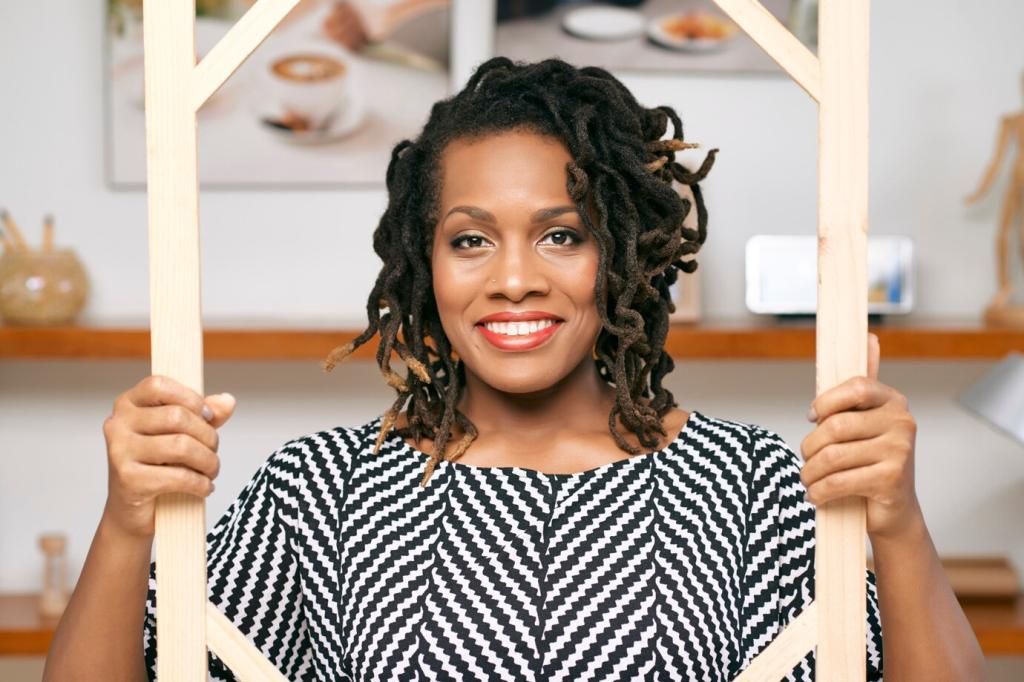Visualize to Speak: Turn Imagination into Impact
Chosen theme: Visualization Methods for Successful Speaking. Step into a friendly space where mental imagery becomes your rehearsal room and confidence amplifier. Subscribe and join the conversation as we transform pictures in your mind into words that move people.
Your brain rehearses before your body does
Mental imagery recruits many of the same neural pathways involved in speaking, helping you encode sequences and emotional tone before you step up. Visualizing the flow and the room can lower uncertainty, strengthen memory, and generate steady confidence.
From stage fright to stage focus
Imagine walking on, feeling the floor under your shoes, hearing a friendly cough, and smiling at your opener. By scripting these sensory beats, you convert vague fear into concrete steps. Share one sensory detail you will visualize tonight.
Define the outcome you want the audience to feel
Picture listeners leaning forward at your key story, jotting down your core insight, and nodding at your close. When you visualize audience reactions, you reverse-engineer emphasis and pacing. Comment with the feeling you want to leave behind.



Building Vivid Mental Scenes
See the lighting, hear a hum of air, feel the clicker texture, smell the clean stage, and taste calm breath. Vivid multi-sensory details boost recall and presence. Try it now and tell us which sense sharpened your scene.
Building Vivid Mental Scenes
Assign faces, roles, and questions to a front row, a skeptic, a curious learner, and an ally. Imagining their needs builds empathy and clarity. Post a quick note describing the person you will speak to first.
Techniques: Scripts, Storyboards, and Mind Movies
Break your talk into frames: hook, problem, stakes, insight, proof, and action. Sketch tiny thumbnails or keywords. Seeing the arc as panels helps you hold structure without clinging to notes. Share your first three frames below.

Picture the narrative arc as landmarks
Imagine climbing to your key insight, crossing a bridge of evidence, and arriving at a clear action. Landmarks prevent detours and filler. Comment with one metaphor that captures your talk’s journey and destination.
Preplay each slide’s purpose
Before opening your deck, visualize the single sentence each slide must earn. Picture the transition line you will use to connect slides. This focus trims clutter and strengthens flow. Which slide will you simplify after visualizing?
See timing checkpoints without a clock
Mentally tag beats at minutes three, seven, and closing, tied to images or gestures. These internal anchors free you from constant clock checking. Share one visual cue you will use to mark your midpoint transition.
Using Imagery to Calm Nerves
Inhale picturing space opening in your chest; exhale imagining warmth traveling down your arms into your hands. Pairing breath with imagery steadies voice and pace. Try this for three cycles and describe the sensation you noticed.
Using Imagery to Calm Nerves
Visualize adrenaline as a bright current powering clarity rather than a storm to resist. Ride it into your first line and purposeful pause. This reinterpretation reshapes your story about nerves. What image will you choose for energy?
Using Imagery to Calm Nerves
See yourself smiling through a brief tech glitch, asking for a deep breath, and returning to your message. Practicing recoveries in advance prevents spirals. Tell us a surprise you will previsualize and how you will gracefully proceed.
Practicing with Physical Anchors
Place small colored notes around a room, each tied to a visual image and message beat. Walk between them while speaking aloud. The movement cements sequence and energy. Share a photo-free description of your layout in the comments.


Keep a visualization journal
After each rehearsal, jot the scene you used, the feeling you aimed for, and what shifted. Patterns emerge that sharpen your next imagery. If you start tonight, share one sentence from your first entry with us.

Build a weekly prompt calendar
Assign simple cues to days: audience empathy Monday, arc Tuesday, openings Wednesday, recovery Thursday, polish Friday. Consistency beats intensity. Subscribe for fresh prompts, and comment with a prompt you would add for weekends.

Practice together for accountability
Form a small circle that meets briefly to share a scene, deliver one minute, and give kind notes. Collective visualization accelerates skill. Invite a friend, then return to tell us what changed in your next talk.
